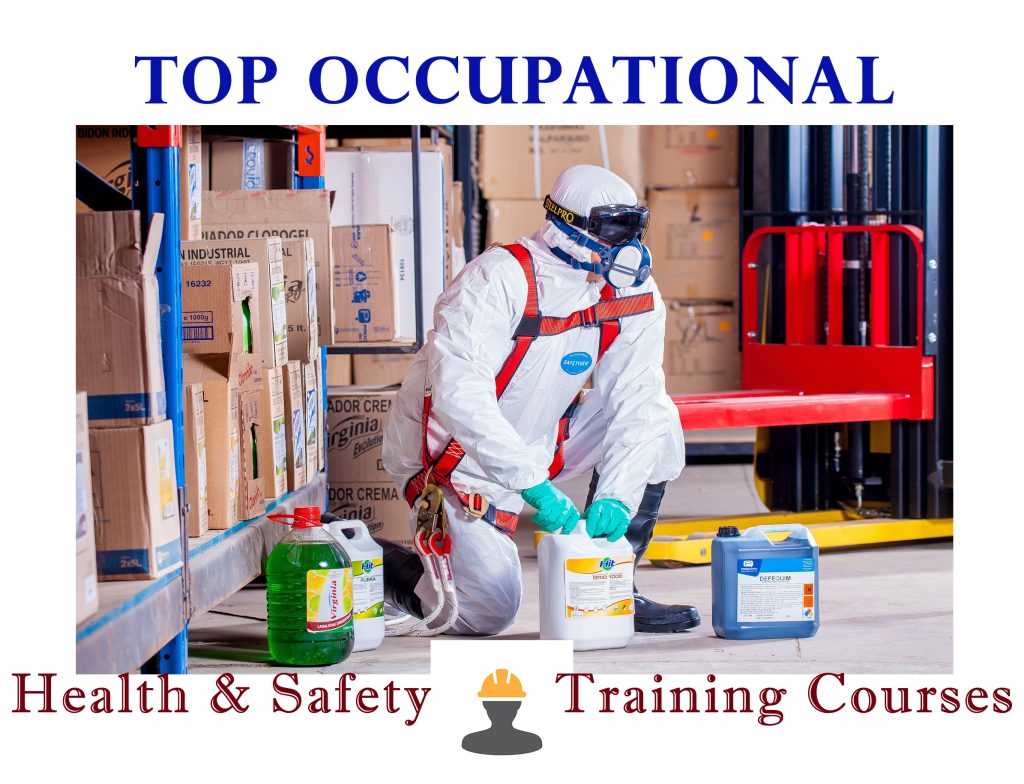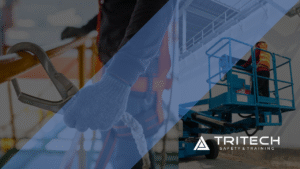The Top Occupational Health & Safety Training Courses That Pack The Most Value
Everyone who has ever run a business knows that it’s absolutely essential to control costs. However, anyone who’s worked on a construction site also knows that safety training isn’t just a line item on a budget — it’s a matter of life and death.
Beyond the human costs, the impact on the bottom line can mean the difference between business success and failure. Between lawsuits, fines, administrative costs, increases in insurance premiums, and other expenses, the average cost of a construction accident is $27,000. That can sometimes spell the difference between a project that’s profitable and one that closes at a loss.
With that said, not all safety awareness courses are created equal. While all are valuable, some have a more immediate impact than others. So let’s take a look at the types of workplace safety training courses that pack the biggest punch as well as why they’re so important.
Worker occupational safety awareness
The best safety training courses start with Awareness. One reason is that such training is required by law. While the details may vary by locale, most jurisdictions require Basic Awareness training. In addition to basic workplace safety and awareness, courses should introduce workers to the Occupational Health and Safety Act with a focus on worker rights and responsibilities.
It’s a mistake to assume that experienced employees automatically follow safety best practices. Aside from employees in occupations that are known to be high-risk, most people don’t think about safety very much during their day-to-day routines. Keeping safety top-of-mind, and making it a business-as-usual process, can reduce the risk of accidents and injuries.
Manager/supervisor occupational safety awareness
While general safety awareness is just as important for managers and supervisors as for front-line workers, those in a supervisory role have additional responsibilities, such as maintaining a safe workplace and making sure employees follow the proper procedures.
In addition to regulatory details on things like posting safety information and reporting accidents, the Canadian Centre for Occupational Health and Safety recommends that supervisory training includes topics like:
- Safety principles and risk management
- Legislation
- Rights and responsibilities of managers, supervisors, and workers
- Hazard recognition and control measures
- Fire prevention and emergency preparedness
- Hazards and control measures for chemical, physical, and biological hazards
- Ergonomics — practices to prevent musculoskeletal disorders
- Workplace inspection and accident investigation
- Developing and implementing effective workplace programs
Supervisory training is critical because many new supervisors don’t fully understand their responsibilities or their own liability when it comes to workplace safety.
Fall protection
Falls are amongst the most common cause of death and injury in the construction industry. In fact, more than 40,000 Canadian workers per year are injured due to falls. In the United States, 364 out of 930 deaths in the construction industry during 2015 resulted from falls. In monetary terms, such falls cost businesses somewhere between $50,000 and $100,00 apiece.
Reducing the number of falls benefits businesses in terms of both human lives and financial well-being. Courses on fall prevention should cover both the regulatory details. (for instance, the minimum height at which protective equipment is required) as well as practical guides for preventing and/or arresting falls (procedures, equipment, etc.).
Confined spaces
Confined spaces () also merit focused training. The National Institute for Occupational Safety and Health (NIOSH) reports that an average of 92 fatalities per year occurs due to confined space accidents.
One reason confined spaces can be so dangerous is the wide variety of hazards inherent in working in such a space — many of which aren’t obvious to untrained workers.
Some of the more common risks include:
- Air quality and chemical exposure
- Collapse and entrapment
- Temperature extremes
- Working in close proximity to moving equipment
- Fire
In addition, many workers injured in confined spaces are unable to help themselves and must, therefore, be rescued which exposes additional employees to danger. In fact, 60% of reported confined space fatalities occur among would-be rescuers.
So training is critical for both those who work in confined spaces and those whose job it is to rescue them.
Topics that should be covered in a confined space course include:
- Definition of a confined space
- Regulatory requirements (such as confined space warning posters)
- Common risks
- Accident prevention (both procedures and personal protective equipment)
Every business has to weigh expenses vs. profit. When it comes to safety training, however, it’s not just an expense. The return on the courses described here can be easily quantified and will well exceed the related costs.
TriTech Safety & Training Inc, located in Grande Prairie is in the best position to keep you up-to-date with the essential and important industry practices for preventing avoidable accidents. For more information go to https://tritechsafety.ca/courses/





